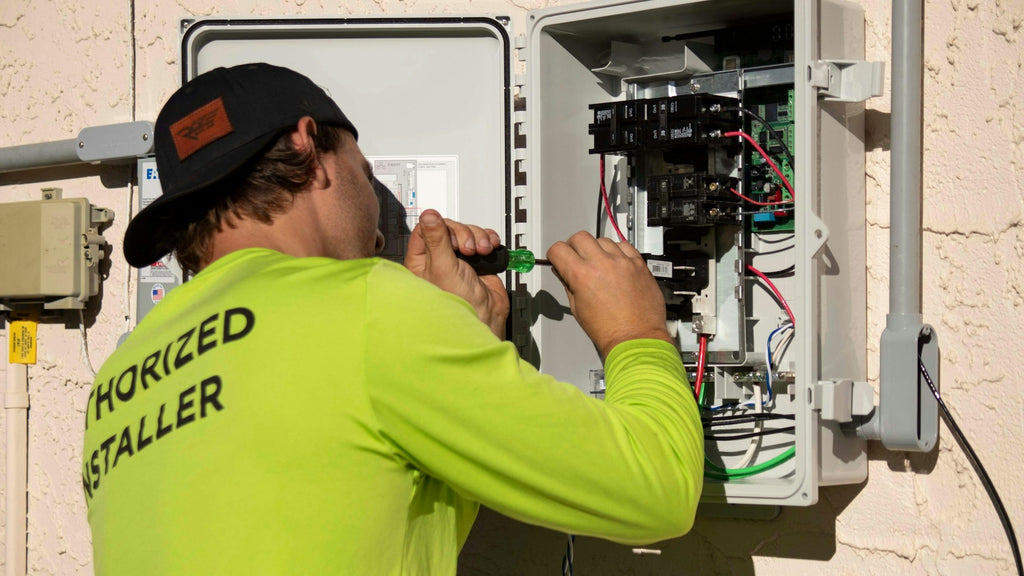Solar inverters are essential components of any photovoltaic system, converting the direct current (DC) generated by solar panels into alternating current (AC) for use in homes and businesses. However, like any technology, they can encounter issues. Understanding the solar inverter woes: 8 problems and straightforward solutions can help you maintain optimal performance and extend the lifespan of your system.

1. Overheating: A Common Concern
One of the most prevalent problems is overheating. Inverters can become too hot due to poor ventilation or high ambient temperatures. If your inverter is overheating, it may shut down to protect itself. To mitigate this issue, ensure that your inverter is installed in a shaded, well-ventilated area. Regularly check for dust accumulation and clean the unit as needed.
2. Communication Errors: What to Look For
Communication errors between the inverter and the monitoring system can lead to inaccurate performance data. If you notice discrepancies in your energy production reports, check the wiring connections and ensure that the firmware is up to date. Sometimes, simply resetting the inverter can resolve these issues.
3. Ground Faults: Understanding the Risks
Ground faults can occur when there is a short circuit in the system. This can lead to safety hazards and system failures. If you suspect a ground fault, it is crucial to consult a professional technician to diagnose and repair the issue. Regular inspections can help prevent ground faults from occurring in the first place.
4. Inverter Shutdown: Causes and Solutions
Inverters may shut down unexpectedly due to various reasons, including grid issues or internal faults. If your inverter shuts down, check for error codes displayed on the unit. Refer to the manufacturer's manual for troubleshooting steps. If the problem persists, contacting a qualified technician is advisable.
5. Inconsistent Power Output: A Sign of Trouble
Inconsistent power output can indicate underlying issues with your solar inverter. Factors such as shading on solar panels or malfunctioning components can contribute to this problem. Regular maintenance and monitoring can help identify and rectify these inconsistencies early on.
6. Age and Wear: When to Replace
Like all electronic devices, solar inverters have a finite lifespan. If your inverter is over ten years old and frequently malfunctions, it may be time for a replacement. Investing in a new inverter can improve efficiency and reliability.
7. Software Glitches: Keeping Up to Date
Software glitches can affect the performance of your solar inverter. Ensure that you regularly update the inverter's software to the latest version provided by the manufacturer. This can help resolve bugs and improve functionality.
8. Environmental Factors: The Impact of Weather
Extreme weather conditions can impact the performance of your solar inverter. Heavy rain, snow, or hail can cause physical damage. Installing protective covers or enclosures can help shield your inverter from harsh environmental factors.
Conclusion: Navigating Solar Inverter Woes
Understanding the solar inverter woes: 8 problems and straightforward solutions can empower you to take proactive measures in maintaining your solar energy system. For a comprehensive troubleshooting guide, visit this link. By addressing these common issues, you can ensure that your solar inverter operates efficiently and reliably for years to come.








